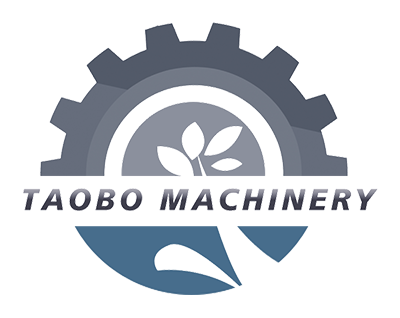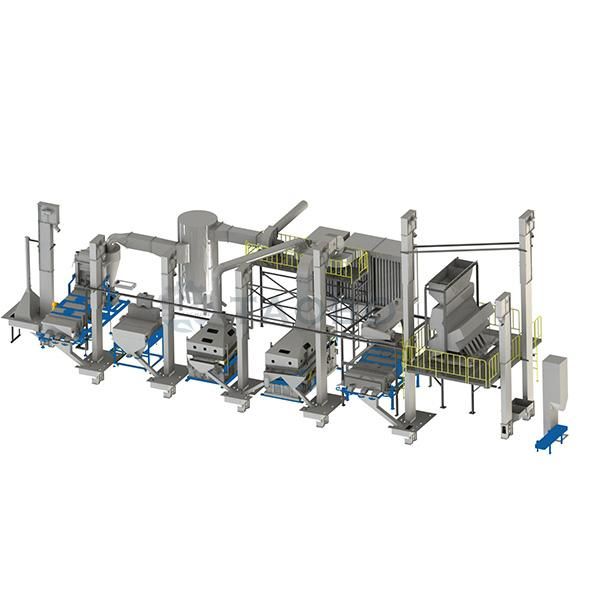The cleaning measures adopted in the corn production line can be divided into two categories. One is to use the difference in size or particle size between feed materials and impurities, and to separate them by screening, mainly to remove non-metallic impurities; the other is to remove metal impurities, such as Iron nails, iron blocks, etc. The nature of impurities is different, and the cleaning equipment used is also different. The details are as follows:
Commonly used screening equipment includes cylinder primary cleaning sieve, conical powder primary cleaning sieve, flat rotary sieve, vibrating sieve, etc. The materials smaller than the sieve surface flow away through the sieve holes, and the impurities larger than the sieve holes are cleaned out.
Commonly used magnetic separation equipment includes permanent magnetic slide tube, permanent magnetic cylinder, permanent magnetic drum, etc., using the difference in magnetic susceptibility between feed raw materials and magnetic metal (such as steel, cast iron, nickel, cobalt and their alloys) impurities to remove magnetic metal Impurities.
Judging from the harm of various impurities in corn to the human body, the harm of foreign inorganic impurities is far greater than the harm of corn itself and organic impurities. Therefore, the machinery focuses on removing these impurities during the impurity removal process.
From the perspective of the impact of impurities on the corn processing process, in general, the impurities that have a serious impact should be removed first, the hard impurities that may damage the corn processing machinery or cause production accidents, and the long fiber impurities that may block the machine and clay pipes.
Generally, the impurity screening equipment selected by corn processing plants should be the most efficient equipment for removing these impurities, and one machine has multiple impurity removal methods, and the utilization rate of this equipment is high.
Post time: Mar-21-2023








